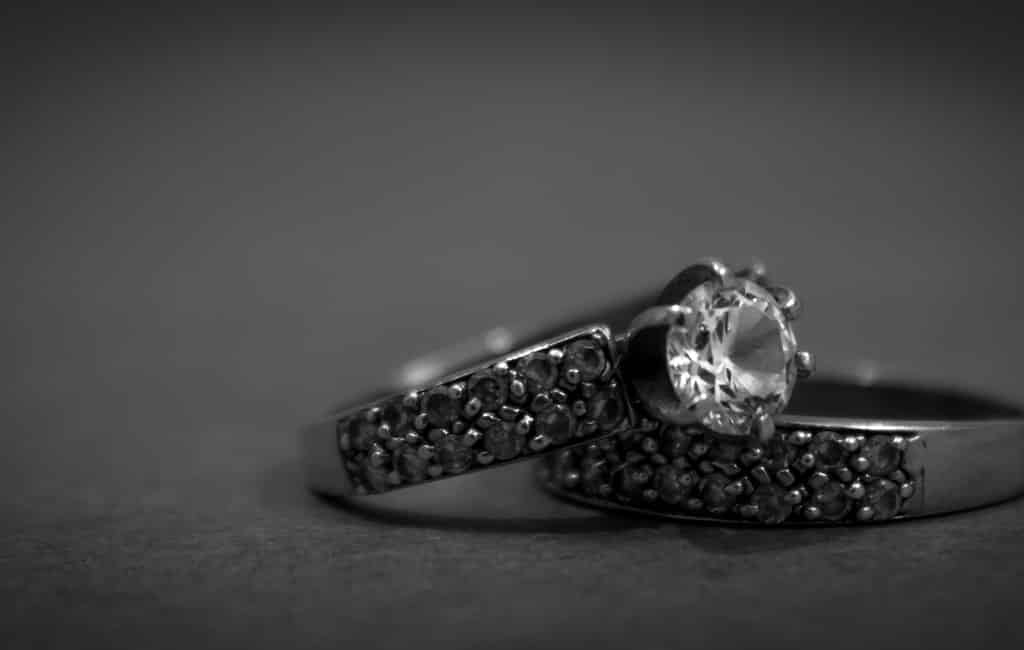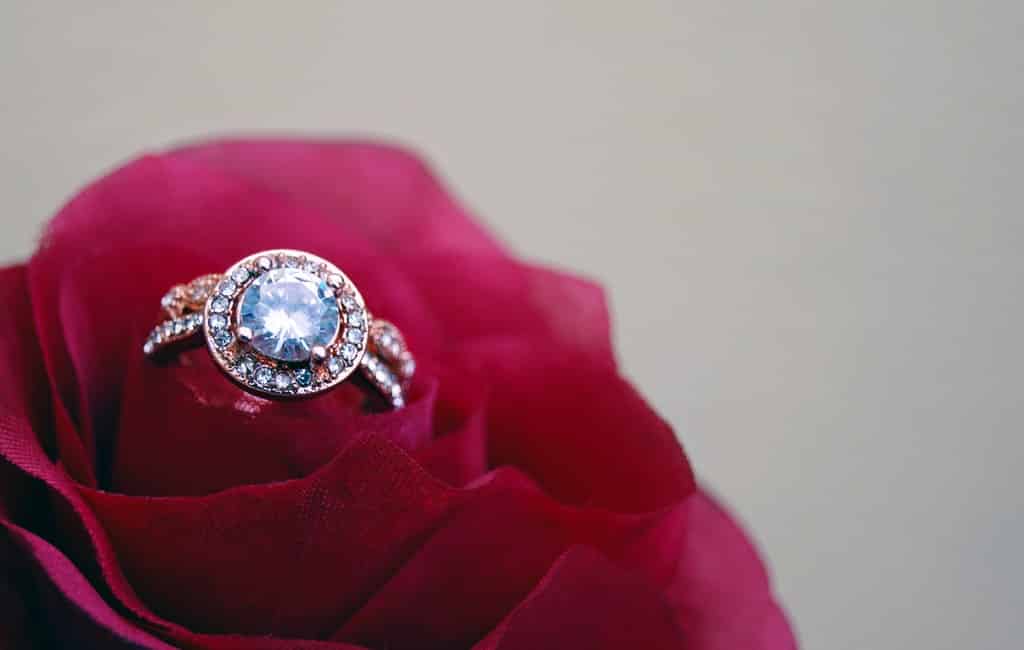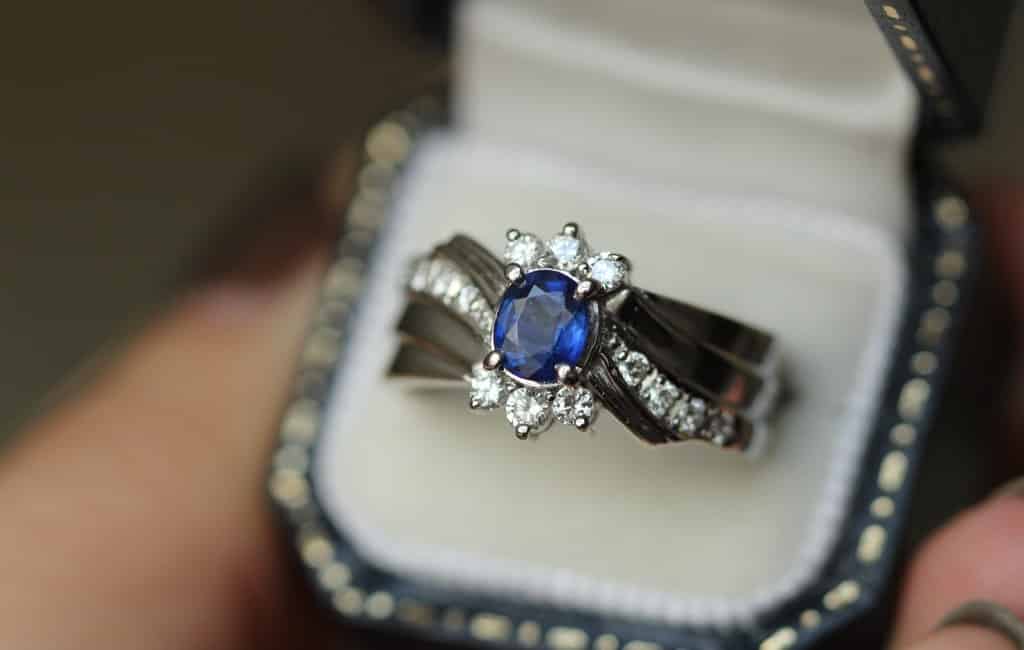Gems are very desirable and precious substances, which are usually found deep beneath the earth’s crust. They usually occur in various forms and shapes, and in different types which depend on their chemical composition.
The different types of gemstones available in the world can be divided in precious and semi-precious stones. Precious stones include rubies, sapphires, emeralds and diamonds. They are usually the most expensive and highly demanded types of gemstones. Semi-precious stones, on the other hand include alexandrite, kyanite, amethyst, tiger eye, jade, citrine etc.
Of all the gemstones in the world, diamonds happen to be the hardest.

WHY ARE DIAMONDS SO POPULAR?
Diamonds are the most popular gemstones in the world. They also happen to be some of the most highly demanded and most desirable gems ever to be known. Most people find them so desirable because of their simple elegance, beauty, clarity, brilliance and cut. Some people like them because they sparkle in their polished state, when light is reflected off them, while others like them because they are very fashionable and compliment virtually every style and every color of clothing. Apart from these reasons, there is also the fact that diamonds are considered a very good form of financial investment; as they make good assets which neither spoil, expire nor depreciate greatly over the course of time. As a matter of fact, diamonds can often be sold – and resold – for very considerable sums. Other factors which make diamonds so desirable include their physical and chemical properties which make them very unique substances.
WHAT ARE DIAMONDS?
Asides the fact that diamonds are gemstones and pretty substances that sparkle, and are widely regarded as the hardest substances in the world (although, this statement might not be technically true), diamonds can also be defined as something different. Scientists and gemologists may choose to describe them as one of the two natural form of elemental carbon, because quite basically, that is what they are (elemental carbon occurs in two natural forms on earth; diamond and graphite. And while diamonds are usually very hard materials, graphite is generally relatively soft).
Diamonds are usually formed when pure elemental carbon has been subjected to – and acted upon by – extreme forces of pressure and heat, which are abundant deep beneath the soil; particularly in places that have witnessed volcanic eruptions at least once. This is because the amount of heat and pressure needed to kick-start the transformation process of pure carbon into diamonds can only often be provided by lava.

WHAT ARE THE TYPES OF DIAMONDS?
Different types of diamonds exist in the world, and they can be divided into various subdivisions and categories based on their composition and properties, which include the following:
- Industrial grade diamonds and gemstone-quality diamonds
Diamonds can be grouped into two different categories on the basis of their physical qualities and flaws. Diamonds of extremely high quality, with little or no flaws, are said to be gem-quality diamonds; while those that have a lot of flaws are usually regarded as industrial grade diamonds, as they are often used in industries for activities like mining and drilling.
A large percentage of naturally mined diamonds are industrial-grade, since they are usually opaque, translucent and too badly flawed in terms of color and other properties, to be regarded as high quality (or gem-quality). Gem-quality diamonds, on the other hand are usually very high in clarity and transparency. It is this type of stones that are usually used in jewelry making, for pieces such as necklaces, bracelets and highly desirable diamond rings.
- Colorless and colored diamonds
Many of the diamonds found in the world are usually clear and colorless. This is because when pure carbon is subjected to high amounts of pressure and heat, the carbon atoms arrange themselves into rigid crystal lattice structures that cannot easily be infiltrated by other chemical compounds which are responsible for making colors in diamonds.
Colored diamonds can occur in many forms. They can be red, blue, yellow, green, purple, black, orange and so on. This coloration is usually due to the infiltration of a diamond’s crystal lattice structure by chemical elements such as boron (in the case of blue diamonds), impure carbon (in the case of black diamonds), nitrogen (in the case of yellow diamonds), the combination of boron and hydrogen (in the case of purple diamonds) and so on. The intensity of the hues of colored diamonds usually depends on the concentration of these chemical elements (i.e. if they occur in large quantities, the diamonds formed are likely to have deep colors, but if they occur in small amounts, then the resultant diamonds are likely to have lighter hues).
Although, colored diamonds are quite beautiful and rare, the formation of color is generally regarded as a flaw in diamonds; yet, their rarity is a factor that increases their commercial worth significantly.
CAN YOU BURN A DIAMOND?
It is widely said that diamonds are the hardest materials known on earth (although, recent scientific discoveries have stated otherwise), and this widely touted assumption has often made people wonder if diamonds can be burned.
This question happens to be a pretty valid one when you also consider the fact that it takes a tremendous amount of pressure and heat to form diamonds from pure carbon, in the first place. This is one of the reasons why some scientist and researchers have taken it upon themselves to investigate this phenomenon (i.e. the possibility of burning a diamond).
Results of this kind of investigation suggest that a diamond can indeed burn and be melted. However, before this can happen, it would have to be subjected to a temperature of at least 700 ºC. At this temperature, a diamond can begin to catch fire and melt (i.e. burn). When a diamond is burned in the absence of oxygen, it will begin to transform into graphite (the soft, amorphous form of pure carbon), before it becomes a fluid.
Ultimately – and unfortunately – there is no doubt that diamonds can indeed burn and be destroyed by fire.

